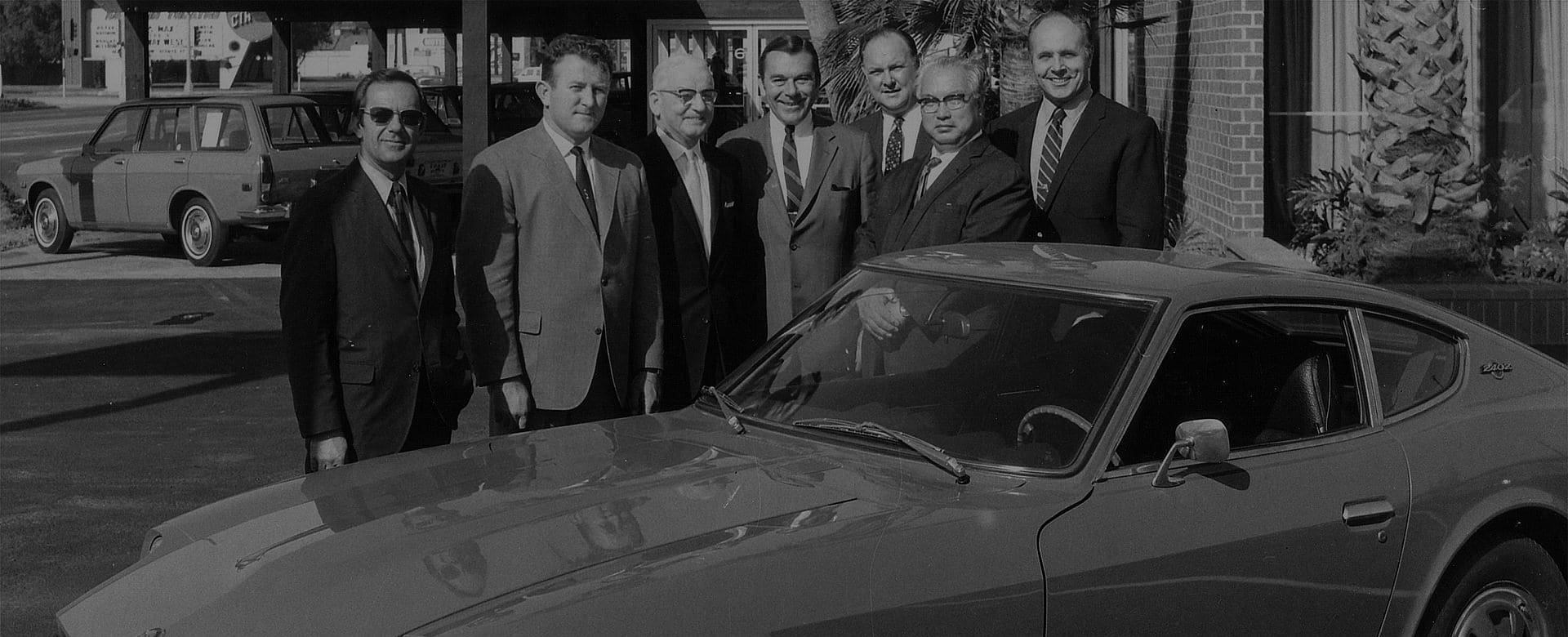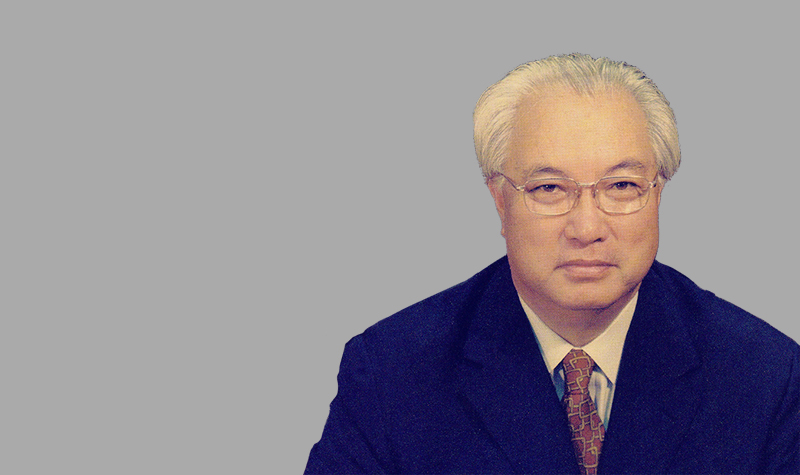Legends
We are, and will continue to be, among the "Nissan people" who have an impact on the lives of our customers, continuing a proud tradition established and maintained for more than 80 years.
As a result of our employees' efforts and innovations, Nissan has been able to shape its history for over 80 years while overcoming countless difficulties and with many great achievements. We would like to feature our past and present employees who have contributed to the success of Nissan and who symbolize the soul of Nissan. Writers from one of Japan's leading car magazines, Car Graphic (which marked its 50th anniversary in 2012) will dive deep to shed light on Nissan's roots based on their extensive insights into the auto industry.
©2013 Nissan Motor Co., Ltd. / Car Graphic Co., Ltd.
(All information above is accurate as of 2013, when this page was created. As a result, the information on this page may not be fully up to date.)












